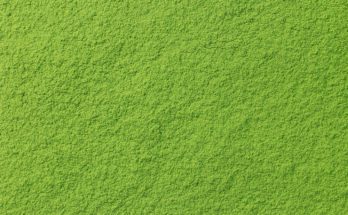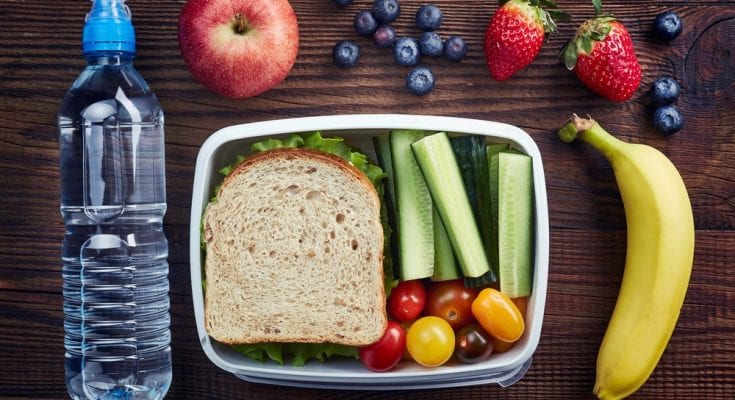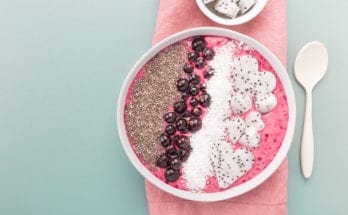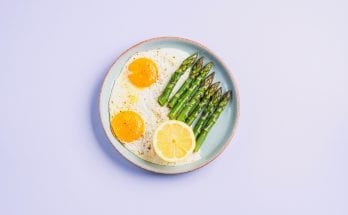With lifestyle changes and the different eating habits, people these days dutifully keep up with new trends in the food that they consume and their proportions have also changed massively. Because of these changes, the nutrition guidance also changes with time and sometimes it becomes hard to keep up. This includes changes in our three daily meals: healthy breakfast, healthy lunch and a healthy dinner.
Although these changes might look a little intimidating, nothing is impossible to achieve.
We recently spoke about the anatomy of a healthy breakfast. Now let’s talk about what a healthy lunch entails. It may not be the most important meal of the day, but a light, healthy lunch keeps you energized throughout the day. Without a good lunch, your productivity falls in the afternoon. Therefore, once you plan to start eating better, make sure you get the highest quality calories.
To ensure that you are consuming the right food in correct proportions, here we highlight the anatomy of a healthy lunch.
Five Essential Food Groups
The building blocks of a healthy diet and meals full of nutrition include the presence of each food category in some capacity. The five food groups include:
- fruits/ vegetables
- grains
- proteins
- fats/ oils
- dairy or dairy alternatives
These food groups consist of food and ingredients that are nutrient dense and provide long-lasting energy. Ideally, any three or even four of the food groups should be a part of your lunch.
The Plate Make-Up
The plate served at the lunch table or lunch box should be divided as such:
- Half of it consists of fruits and vegetables
- One quarter should be grains
- The second quarter should be protein
A few lunch options for people who work or go to school can include sandwiches, salads, or leftover dinners.
Work Options
Sandwiches
Make sure that the sandwiches are made with ingredients that are able to provide you with the right amount of energy and health as compared to other full course meals.
In order to have a whole sandwich that is enough for two lunch servings, you need to take two slices of whole wheat bread and two ounces of lean meat or cheese (reduced-fat). If you’re a vegan or vegetarian, you can use brands such as Daiya to supplement your cheese and Tofurkey for your meat.
In the meat and dairy department, you can select from reduced-fat Swiss, Cheddar, or Monterey Jack, goat cheese, lean ham or turkey slices. With the veggies, you can select from onions, tomatoes, sliced cucumbers and peppers, sprouts (any kind), lettuce, and avocado. Sounds pretty good, doesn’t it?
Salads
A lot of people want to take something to work or even have it at home that takes less prep time and is easy to consume while on the go or when under time constraints. Because of this, a popular option is the salad.
Many people like to have it with their sandwich or half a serving of soup. This idea for lunch is a healthy one as most of the vegetables, nuts, and other protein items added in salads are chock-full of fiber, antioxidants, vitamins, and don’t add up to many calories.
Leftovers
An option that makes a perfect lunch is your dinner leftover. Either pack the lunch box as your next day lunch with what is left behind after dinner, or make a little extra food intentionally so you can take it as lunch the next day. Since your dinner is equivalent to the right proportions of any of the three food groups, you don’t need to worry about the nutrition aspect of your lunch.










